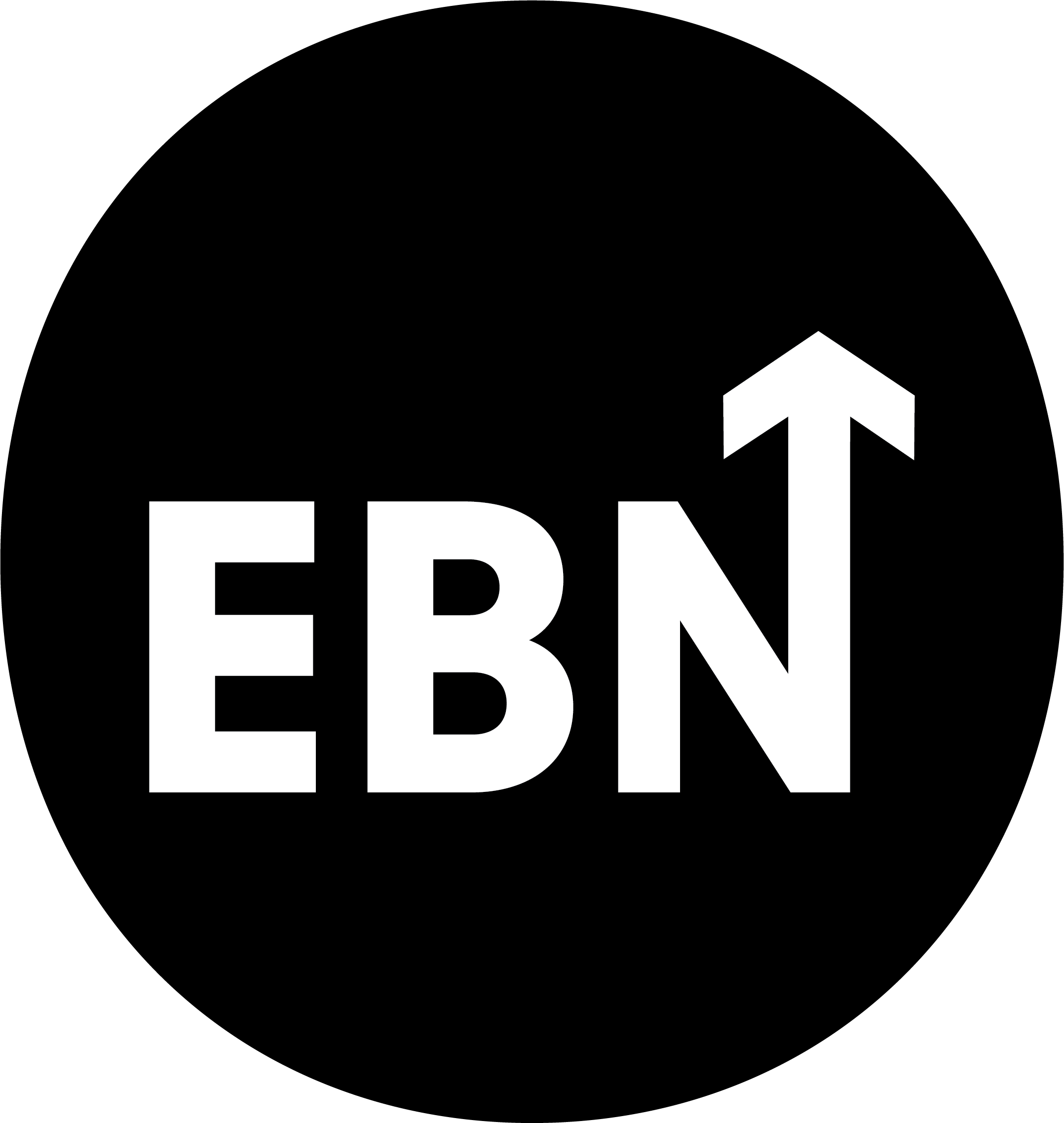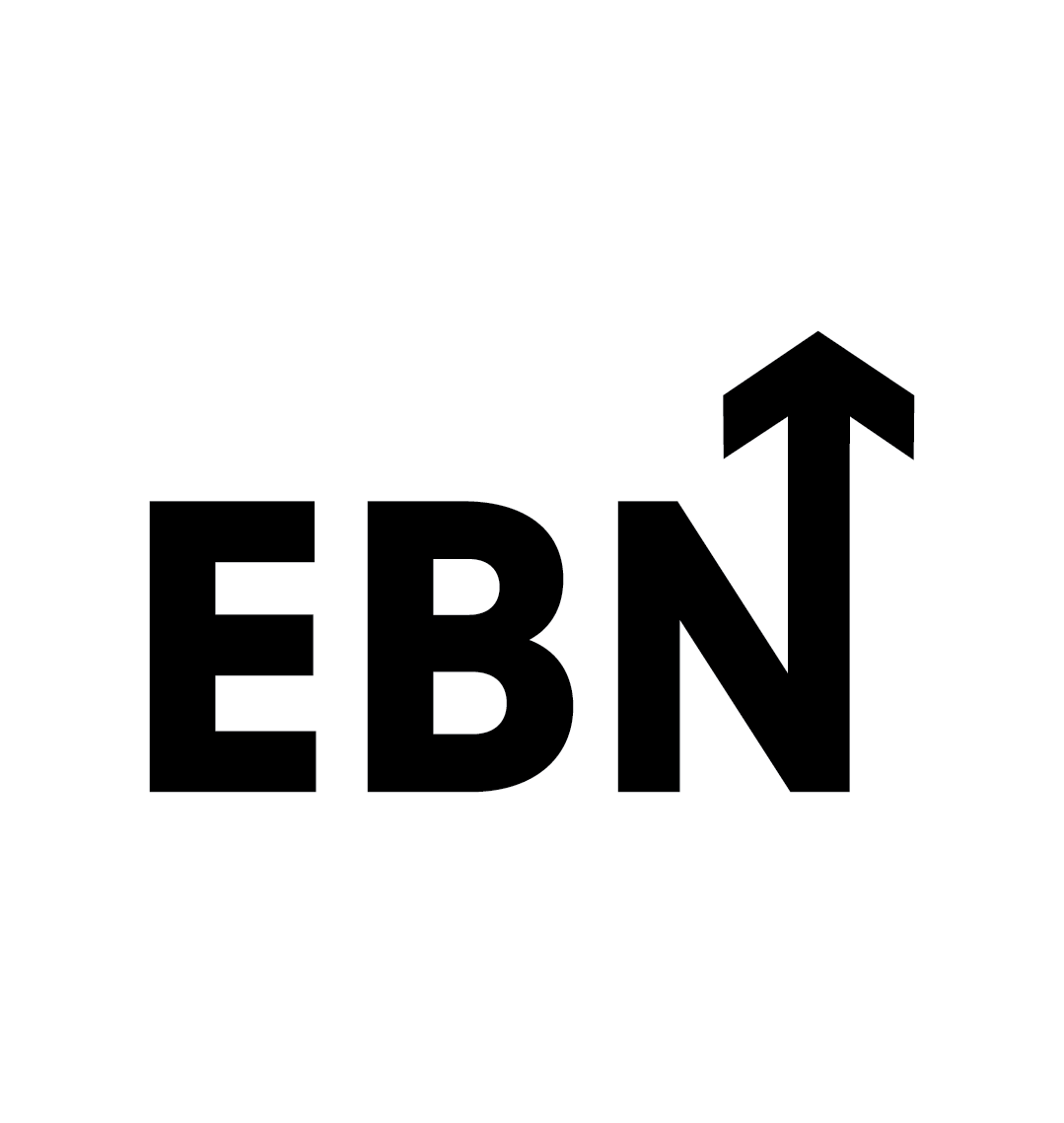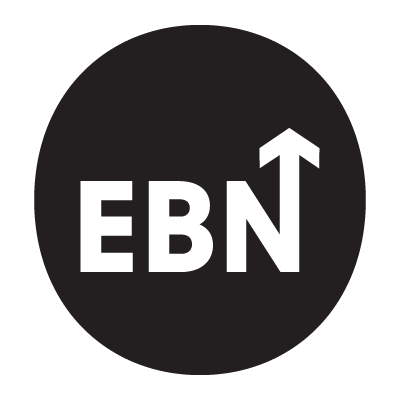Employer branding, when executed strategically, directly improves recruitment ROI by reducing time-to-fill, increasing offer acceptance rates, and enhancing retention. In 2025, EB leaders are expected to connect these outcomes to business performance with clear data. This guide outlines how employer branding translates into measurable value for recruitment functions and the broader organisation.
Best-Fit Recommendation
Treat employer branding as a performance driver integrated into recruitment operations. Build a unified talent narrative, amplify it through targeted channels, and measure its influence across the entire hiring funnel. The most successful EB leaders use a continuous feedback loop: insight gathering, brand positioning, activation, and optimisation.
Momentum isn’t always progress, especially when you always end up back where you started.
Fathom helps you escape the loop. With insight, not intuition.
1. Reduced Time-to-Fill (and Why That Matters to Finance)
When your employer brand attracts qualified candidates who are already aligned with your values and mission, you fill roles faster. That means fewer empty seats, lower costs from external sourcing, and faster ramp-up for new hires.
Case Study: Siemens Siemens launched a campaign spotlighting engineering innovation and purpose-led careers. Result? A 28% reduction in time-to-fill for hard-to-hire roles, saving an estimated $1.2M in lost productivity over 12 months.
2. Increased Offer Acceptance Rates
An employer brand isn’t just a magnet; it’s a warm-up act. When done well, candidates already trust your EVP by the time they’re negotiating. That reduces drop-off and ghosting at the final hurdle.
Case Study: Atlassian Atlassian’s storytelling focused on flexibility and remote-first culture. In hyper-competitive tech markets, that transparency lifted offer acceptance rates by 19% in a single hiring cycle.
3. Improved Quality-of-Hire (Without Increasing Spend)
A well-communicated brand acts as a self-selecting mechanism. People who don’t align with your mission opt out. People who do, lean in and perform better.
Case Study: Unilever Unilever’s purpose-led EVP, tied to its sustainability goals, created a stronger fit pipeline. Cultural fit scores rose 14%, and first-year attrition dropped by 11%.

4. Lower Cost-Per-Hire (Not Just a Vanity Metric)
Paid channels are often the default for pipeline panic. But strong employer brands generate organic interest. That means fewer job ads, lower agency fees, and more efficient recruiting operations.
Bonus Insight: LinkedIn reports that companies with strong employer brands see 50% more qualified applicants and hire 1-2x faster, reducing overall recruitment spend
5. Enhanced Retention (Because Great Hiring Is Wasted Without It)
Retention begins before day one. When the brand story told externally matches the lived experience inside, trust builds. That means fewer early exits and better long-term engagement.
Tactic: Map your brand promise to onboarding content, manager training, and internal comms. Consistency beats charisma.
Helping HR, talent acquisition, employer branding, and company culture professionals find careers worth smiling about.
Yes, employer branding takes time to build. No, it doesn’t replace recruiters. But it makes their work exponentially more effective. Think of it as performance fuel, not just PR.
Actionable Insights
- Conduct a brand audit across Glassdoor, LinkedIn, careers site, and onboarding materials. Is the story consistent?
- Define your Talent Value Proposition. (Hint: it’s not just your mission statement.)
- Measure EB impact against metrics that matter: time-to-fill, offer acceptance, retention.
- Build feedback loops from exit interviews and new hire surveys to evolve messaging.
- Partner with Finance to model cost savings from EB-driven recruitment improvements.
A strong employer brand isn’t just a halo effect. It’s a hard-edged business tool that improves recruitment performance at every stage. It attracts faster, converts better, retains longer and yes, saves money.
In the age of hiring efficiency, employer branding isn’t a side project. It’s your competitive edge. So the real question is: are you treating it like one?
Takeaways
Q1: Which recruitment metrics best reflect employer branding impact?
Time-to-fill, cost-per-hire, offer acceptance rate, quality-of-hire, and first-year retention.
Q2: How soon can EB improvements show ROI?
Initial improvements often appear within 6-12 months, with larger ROI gains emerging after sustained brand consistency over multiple hiring cycles.
Q3: Can employer branding reduce agency spend?
Yes. Strong EB attracts higher volumes of inbound candidates, reducing reliance on external recruiters.
Q4: How does EB influence quality-of-hire?
Clear messaging attracts aligned talent, reducing mismatches and early attrition.
Q5: Is employer branding just a marketing function?
No. It intersects with TA, HR, comms, and even finance, all hands on deck.
Q6: What's the best starting point for improving EB?
A brutally honest audit of what your brand says vs. what employees experience.
Q7: Who owns employer branding?
Jointly owned by Talent Acquisition and HR, but leadership buy-in is essential.
Sources
| Source | Link |
|---|---|
| Gallup. State of the Global Workplace 2025 Report | Read report |
| LinkedIn. Future of Recruiting 2025: Global Recruiting Trends | Download PDF |
| Edelman. 2025 Edelman Trust Barometer Global Report | View report |
| Glassdoor Economic Research. Worklife Trends 2025 | Explore trends |
| Glassdoor Economic Research. Midyear Check-In | Midyear insights |
| LinkedIn. Future of Recruiting 2025 (Web Version) | Visit page |
| Glassdoor. Employer Branding 101: Why, How and ROI | Read guide |
| Glassdoor. The ROI of Employer Branding | Read article |
| Deloitte. 2025 Global Human Capital Trends Report | Full report |
| Deloitte. Thriving Amid Leadership Tension (2025) | Read insights |






